
In review: Tannhäuser at ROH
ReviewOpening night of Tannhäuser at Covent Garden had all the makings of excellence; the production is by Tim Albery, and designed by Michael Levine, and the notorious Heldentenor Peter Seiffert took the title role. There was indeed excellence onstage, yet cohesion and consistency were what we craved.
Levine created a sub-sized replica of the ROH stage and curtain, behind which Venus and her hedonistic followers were at play. The nod towards the natural and supernatural, the banal and the extraordinary, was clear; Tannhäuser was one of several well-dressed men who went from lonely observer to a player in something larger than life, drawn in by Venus and her exhaustively erotic ambassadors. The representative stage was the visual thread throughout the evening, and we saw the stage in its full Venusberg splendour, later foiled by a dusty, neglected pile of ruined set pieces in the un-thrilling human world.
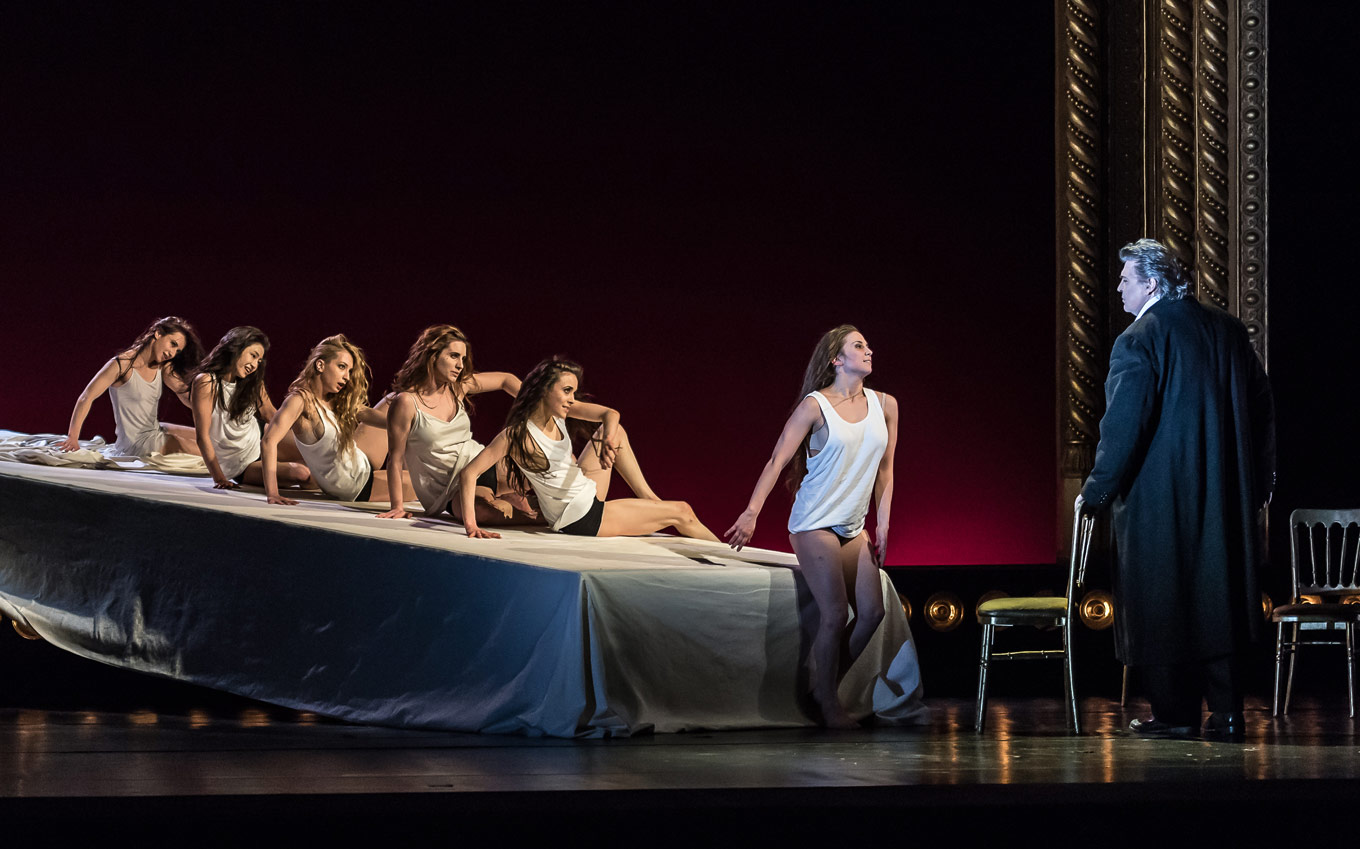
This opening ballet was riveting; Jasmin Vardimon’s choreography was erotic, high-paced, and exaggerated to god-like proportions. The dancers moved in a constant, fluid canon, the men tirelessly chasing the teasing women, hurling themselves across a long spinning banquet table, trading clothes and bending their bodies like elastic rag dolls. Visually, it was the high point of the production, relaxing into what became a static tale. It’s not inappropriate, to place the audience in the shoes of Tannhäuser himself, who spends time in the heights of pleasure and excitement, and returns to the mortal world; indeed, no human stimulation would quite meet that of Venusberg.
It’s a noble approach to Wagner, to let the singing serve the story, and to stay largely out of the score’s way. Yet the singing didn’t always serve the story, and we found ourselves watching work, rather than storytelling. Seiffert’s long history with the role showed well, and as an actor he was grounded and endearing. At 62, he indeed sounded fatigued. There were moments of exhilarating Heldentenor sounds, and we heard them between inconsistent intonation, and some unsettling struggles with what could have been phlegm in act III.
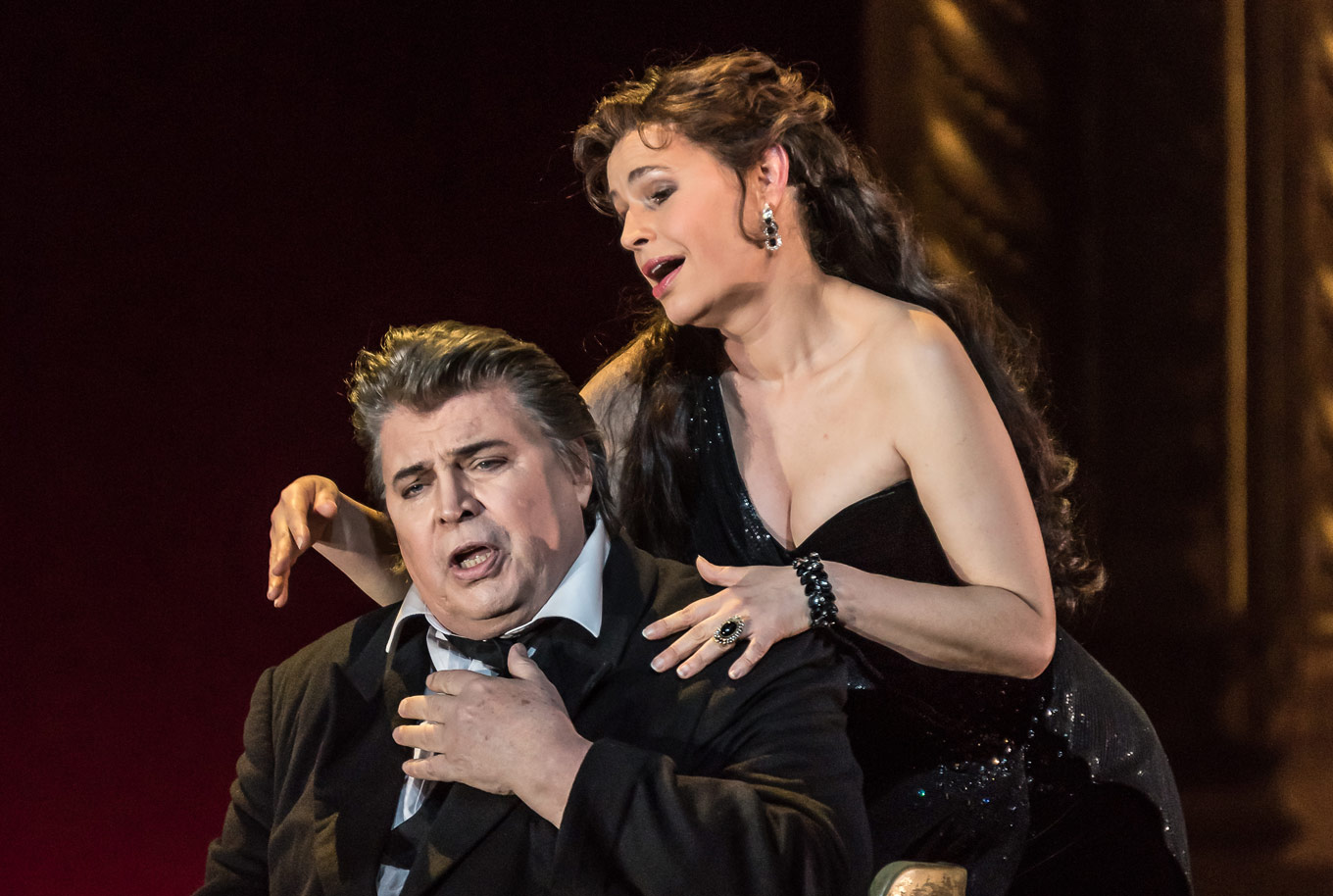
As Venus, Sophie Koch sang with exciting power, particularly when she was in the sweet spot of her voice. She too seemed to be working hard, rather than riding atop Wagner’s writing. Though it was easy to see the specificity of her choices and intentions onstage, we grew aware of the role’s vocal demands, rather than of Venus’ seductive nature.
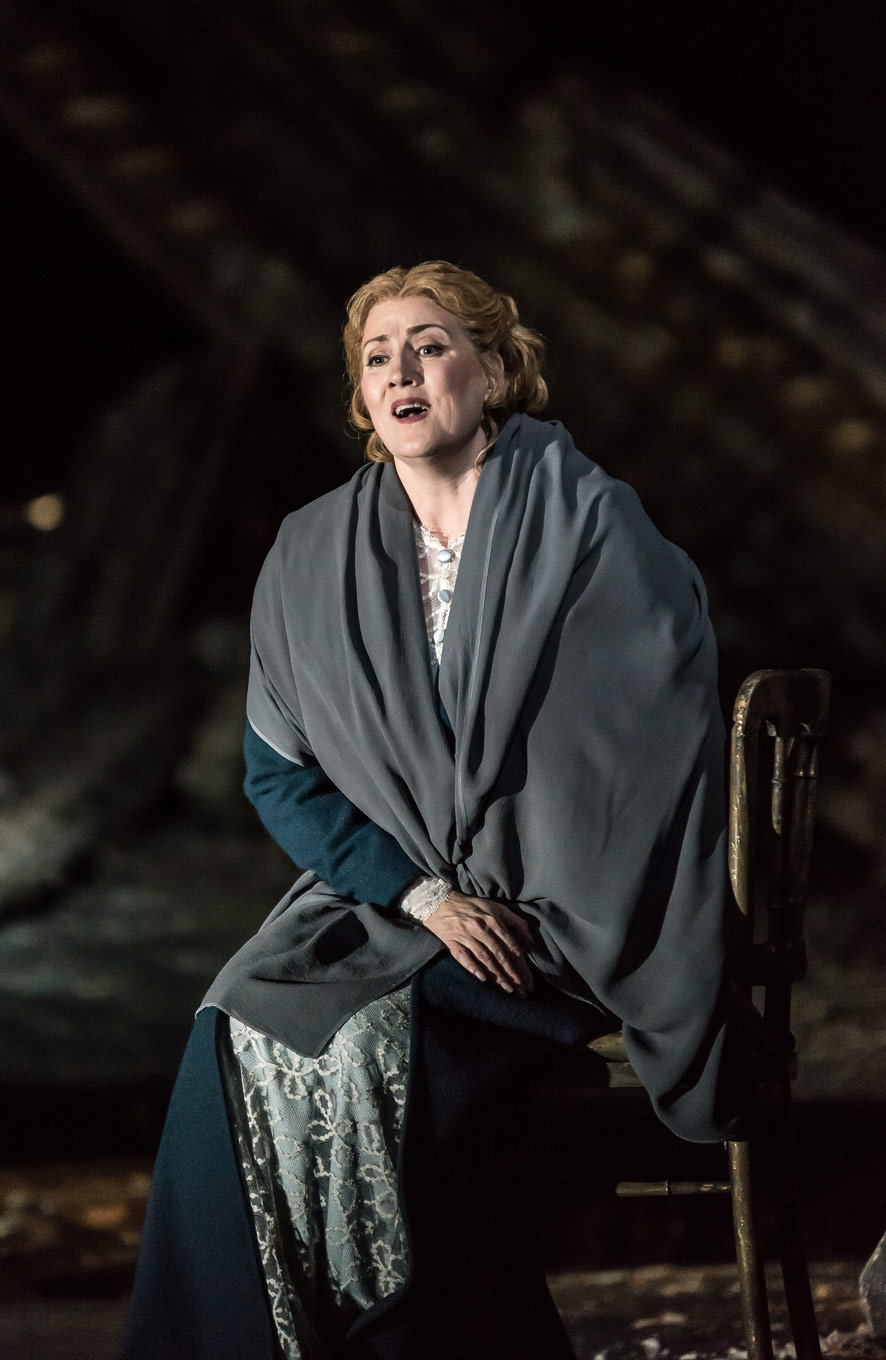
Emma Bell was a stunning Elisabeth, a real singing actor. Her sound was bright yet still had heft, and she drove up above the staff with thrilling, even surprising agility. As Herrmann, bass Stephen Milling had a rich, enormous sound that was benevolent and authoritarian. He has a voice to match his huge frame, and his sound was notably human.
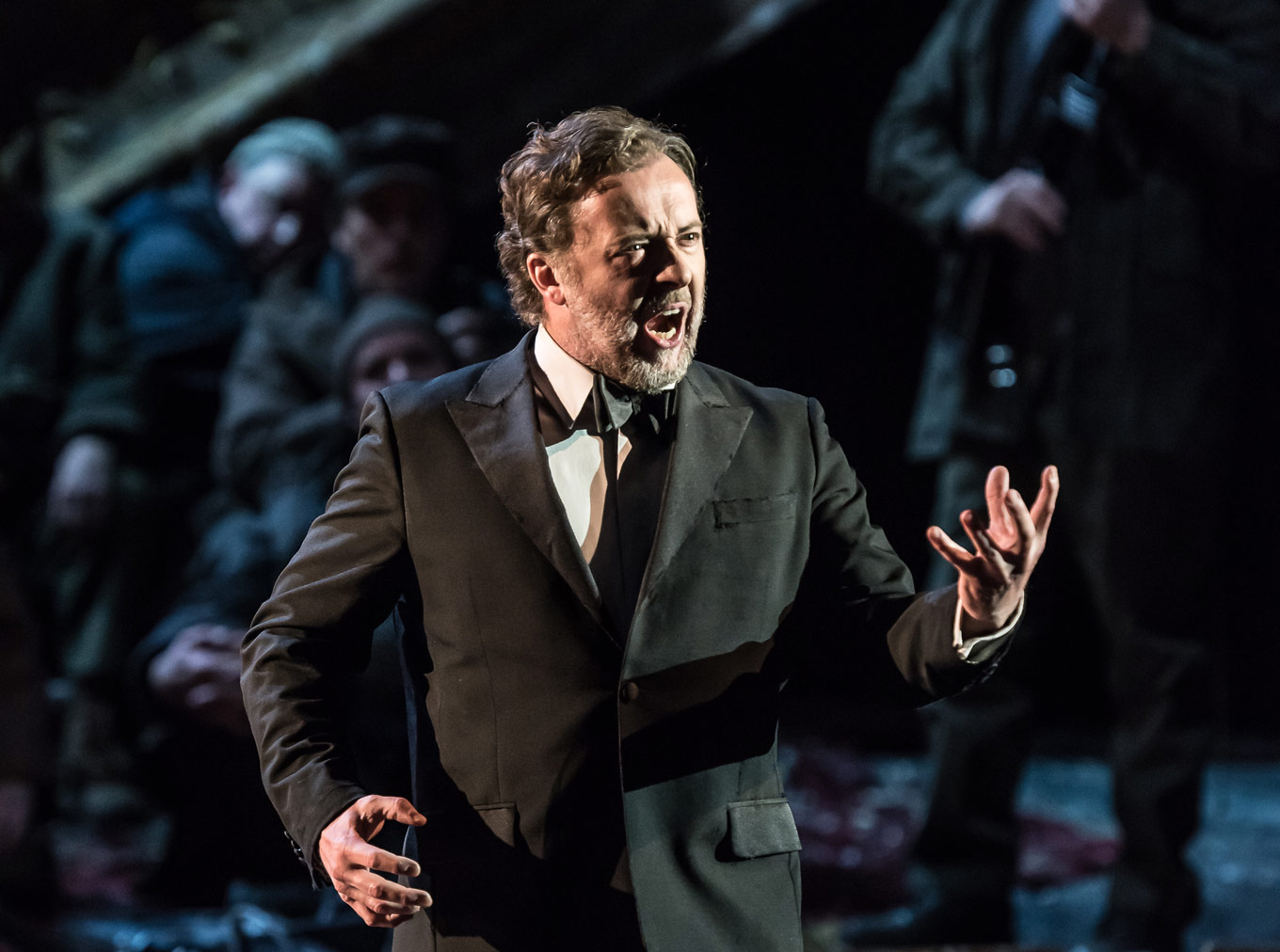
The competing Minnesingers were a breath of fresh air. Ed Lyon and Michael Kraus offered some comic relief as Walther von der Vogelweide and Biterolf; they both created rich characters for themselves in precious little time. Yet the night truly went to Christian Gerhaher as Wolfram von Eschinbach. He gave us plenty of opportunities to hear his house-filling sound, yet it was his gentle, thoughtful minstrel singing that sealed the deal. His “O du, mein holder Abendstern” was understated and hopeful, and it was one of the much-needed moments of musical flow and abandon.
The Royal Opera Chorus sounded at their absolute best in this Tannhäuser, making the most of Wagner’s infamous choral writing. Warm, rich, hollow, ominous, they sang it all. The Orchestra of the Royal Opera House were equally stunning, yet perhaps the score was stilted under maestro Hartmut Haenchen. The singers seemed to pay the most for some of his stubborn tempi, and perhaps discomfort was a culprit in the worrisome vocal moments of the night.
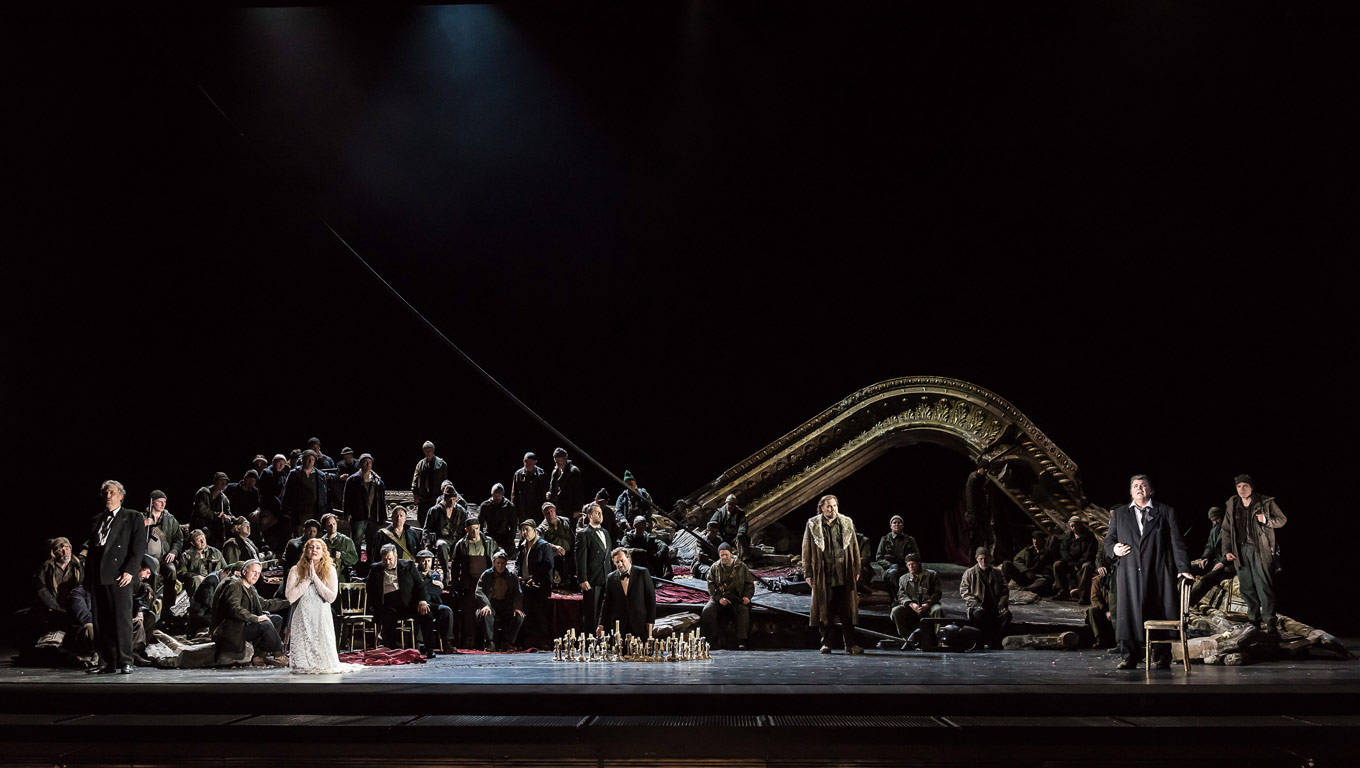
We suffered more than a few moments of boredom during this Tannhäuser. Perhaps it was hype for elements like Albery and Levine, whose work we have adored in the past, that oversold this production before we saw it. The symbolism is no doubt there, but it seemed vague and incongruous with the energy at the top of the show. It’s worth a visit to hear Gerhaher, Milling and Bell, though.
Tannhäuser runs until May 15th. For details and ticket information, follow our box office links below.


Comments